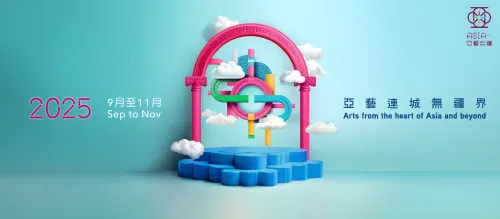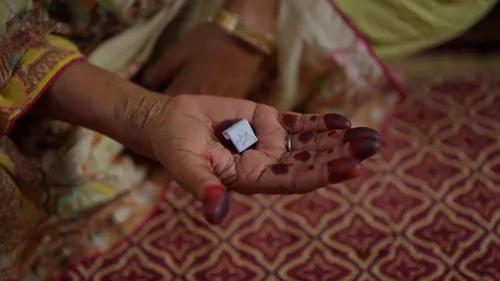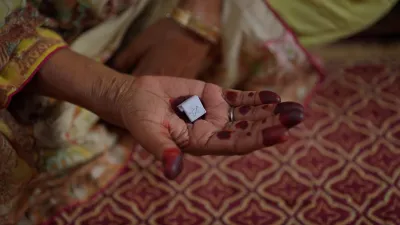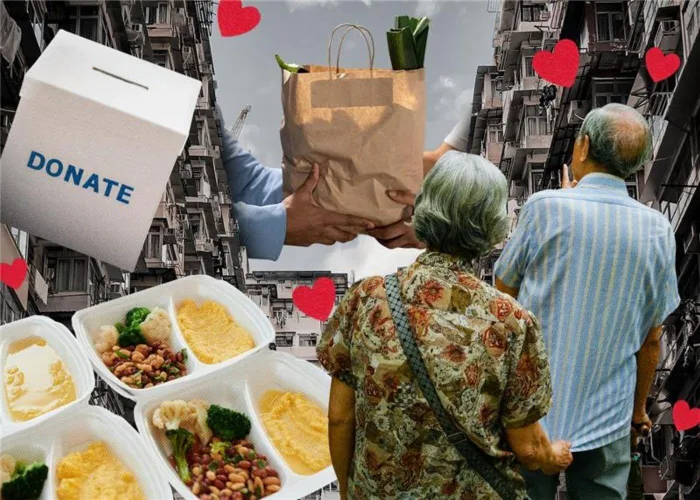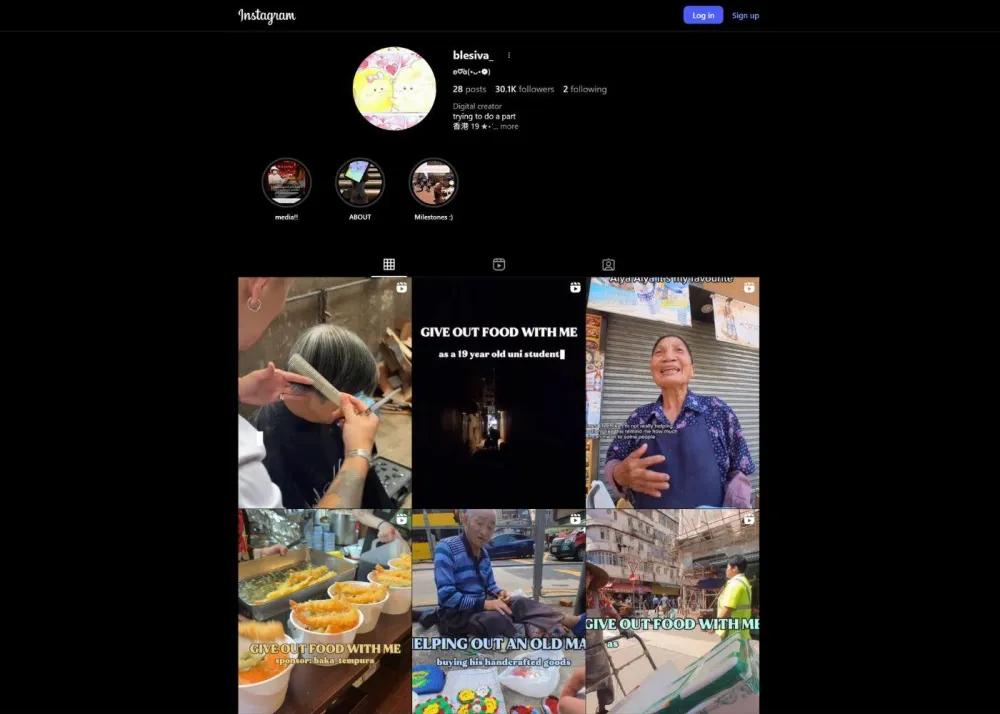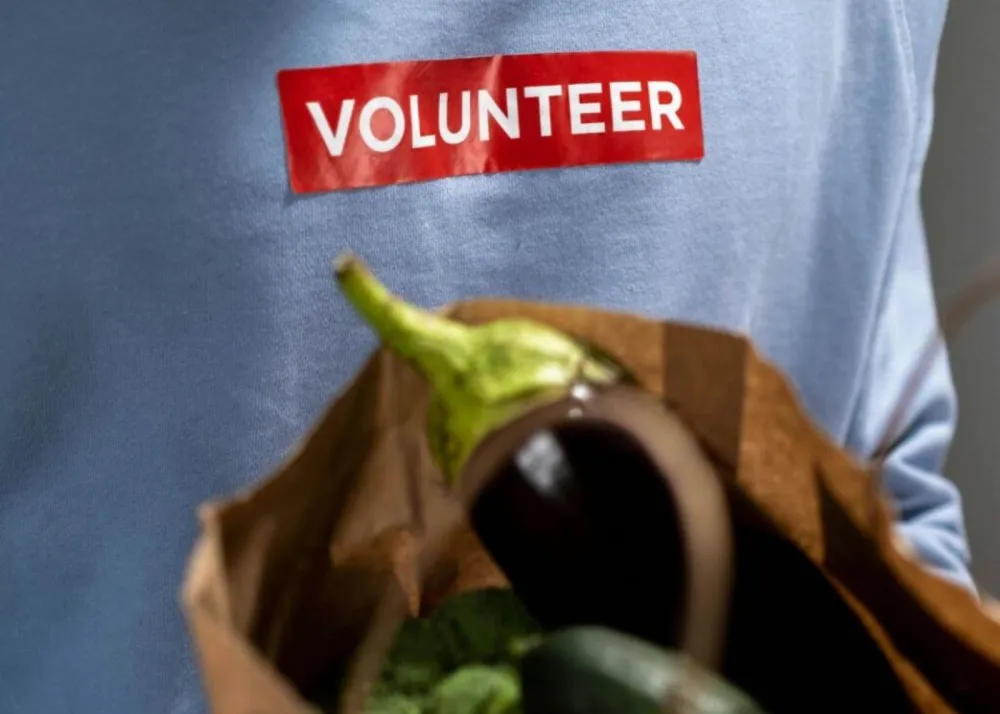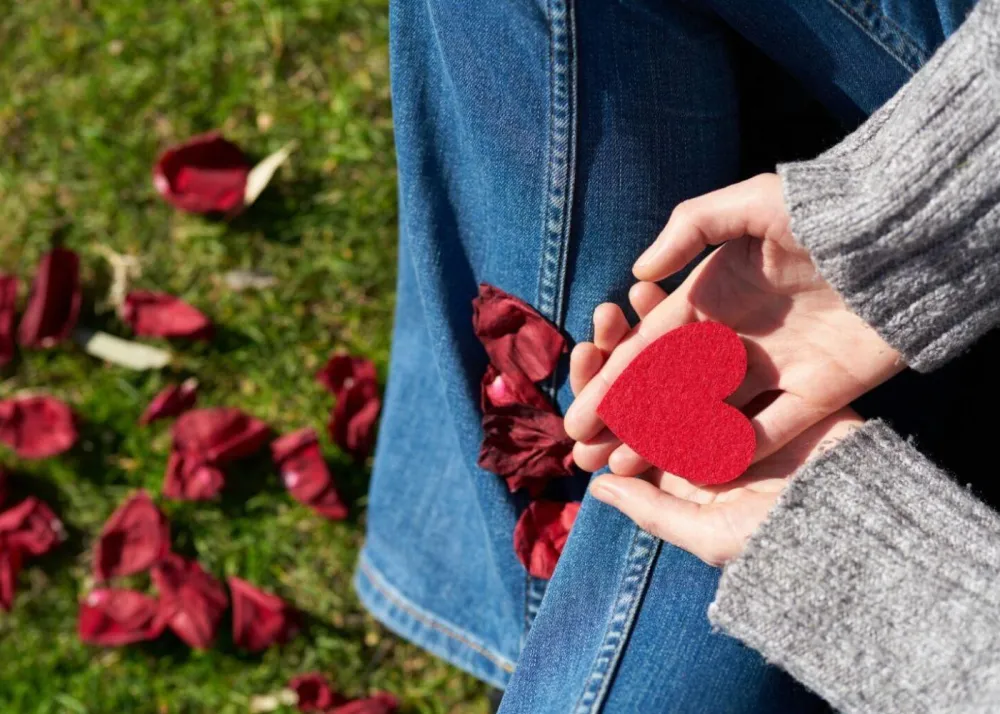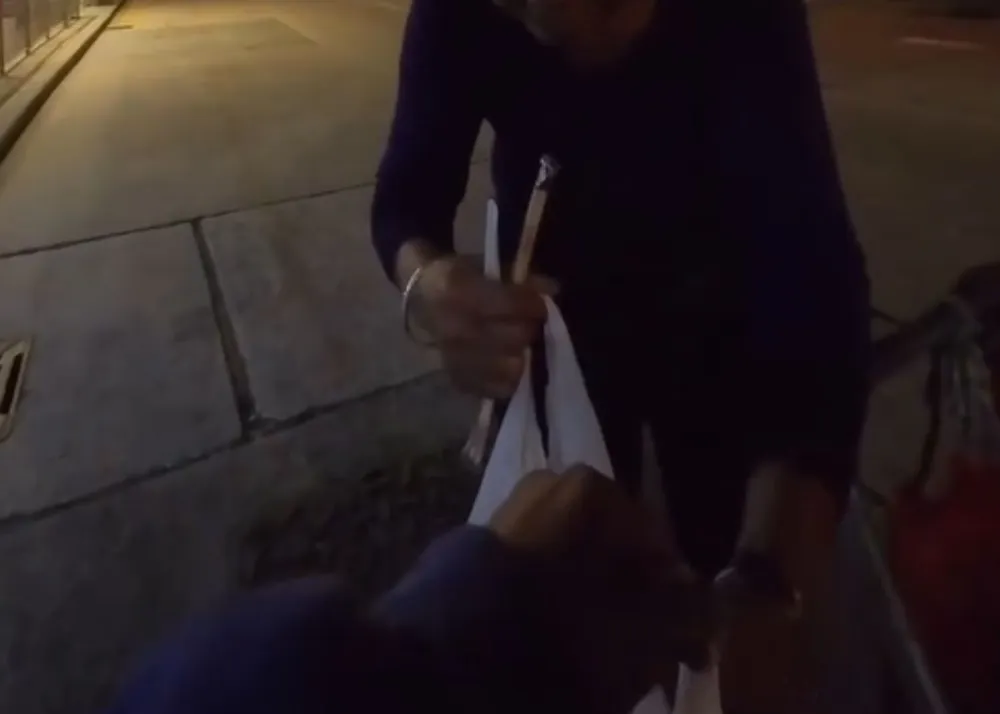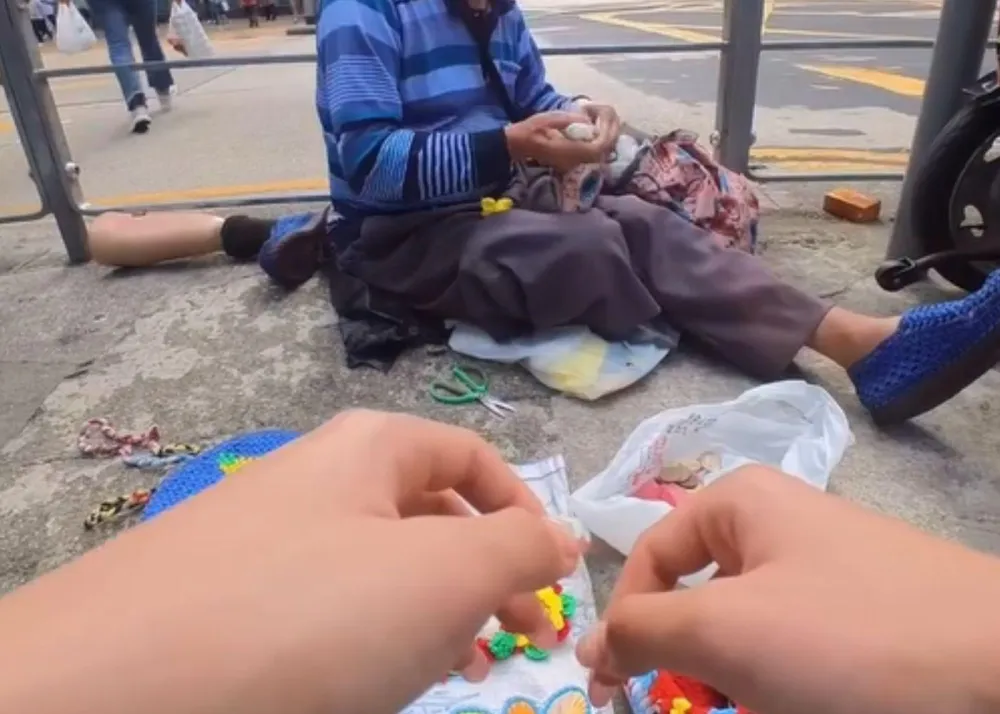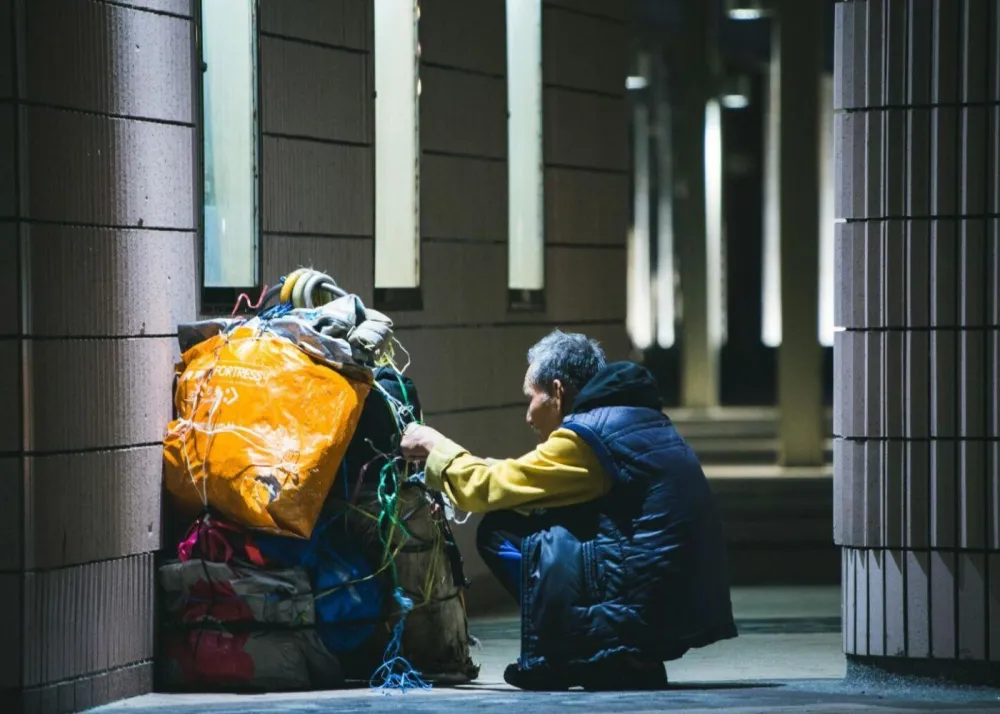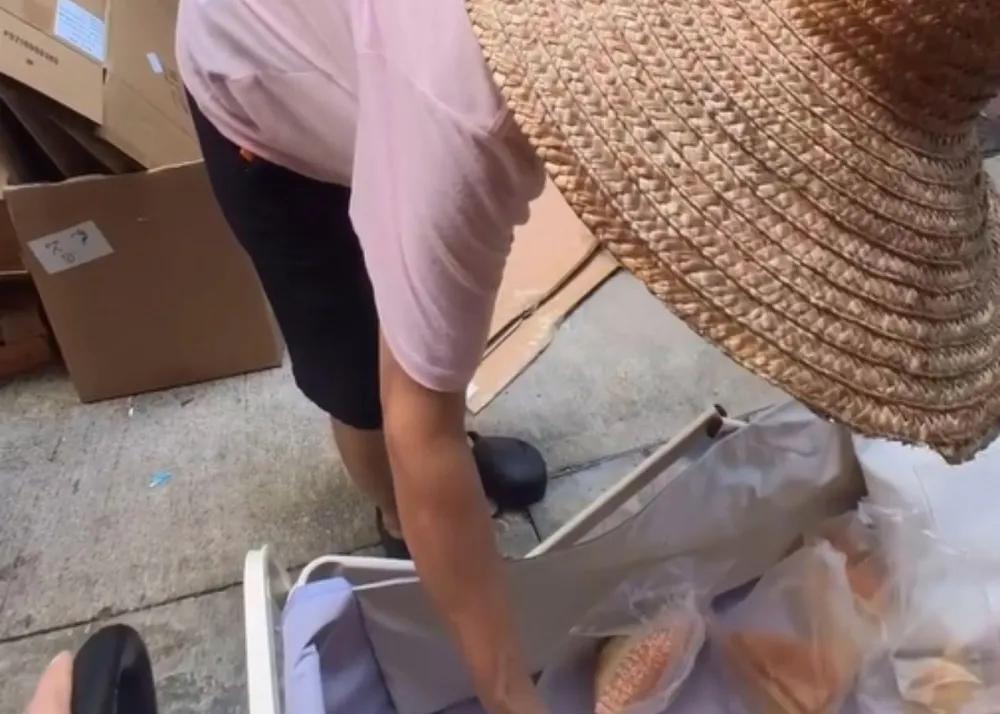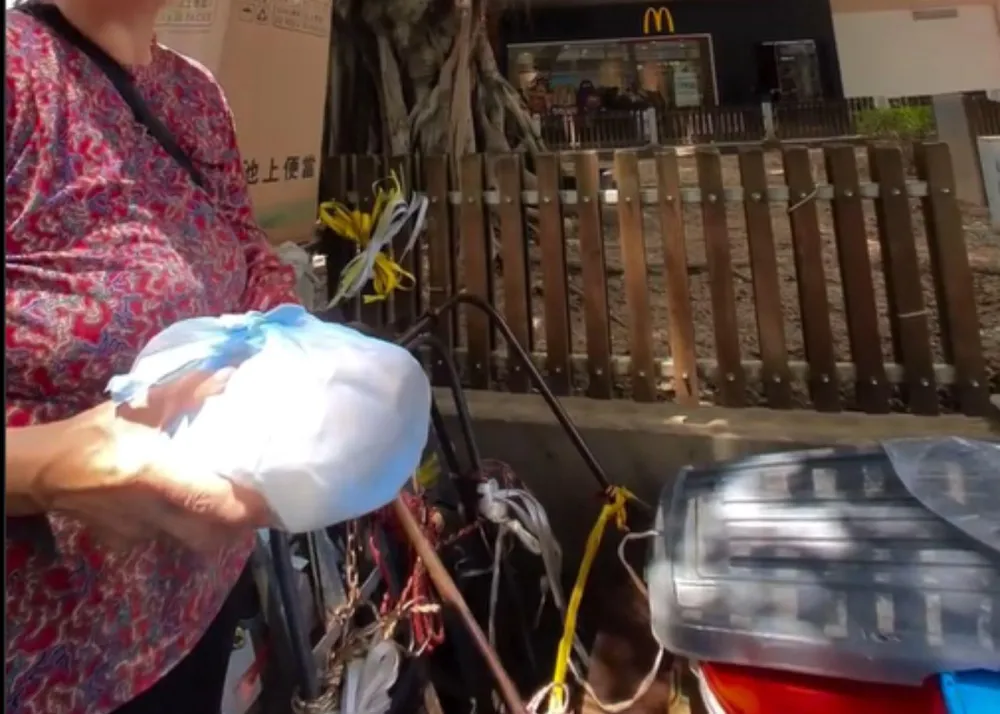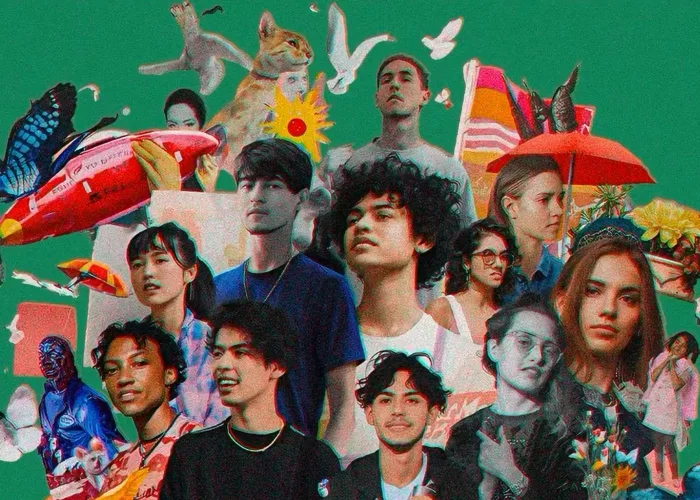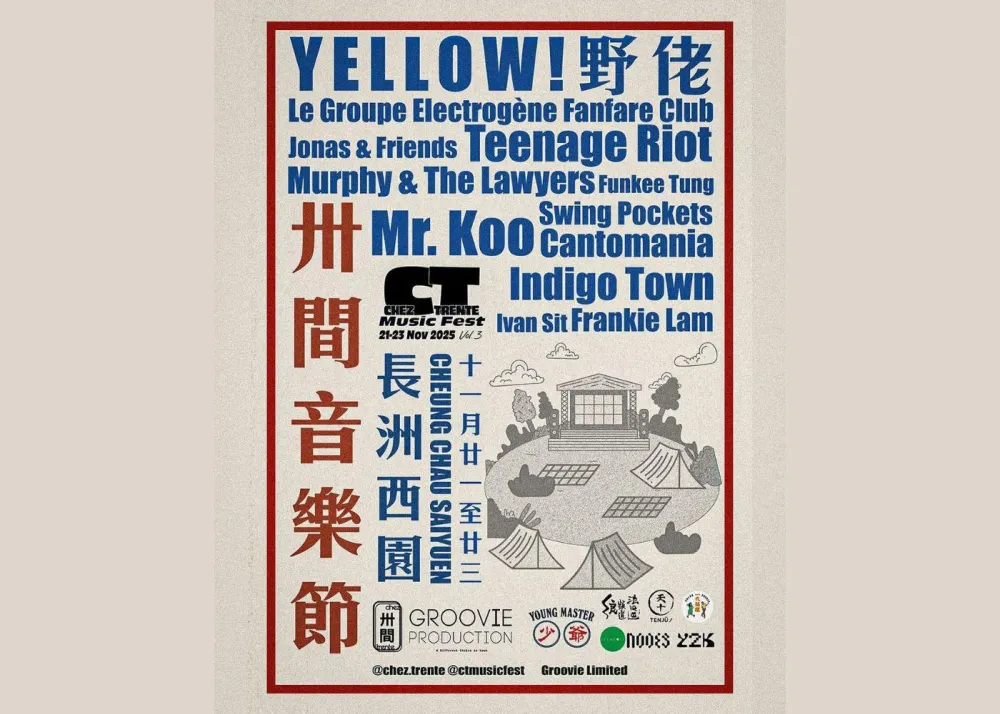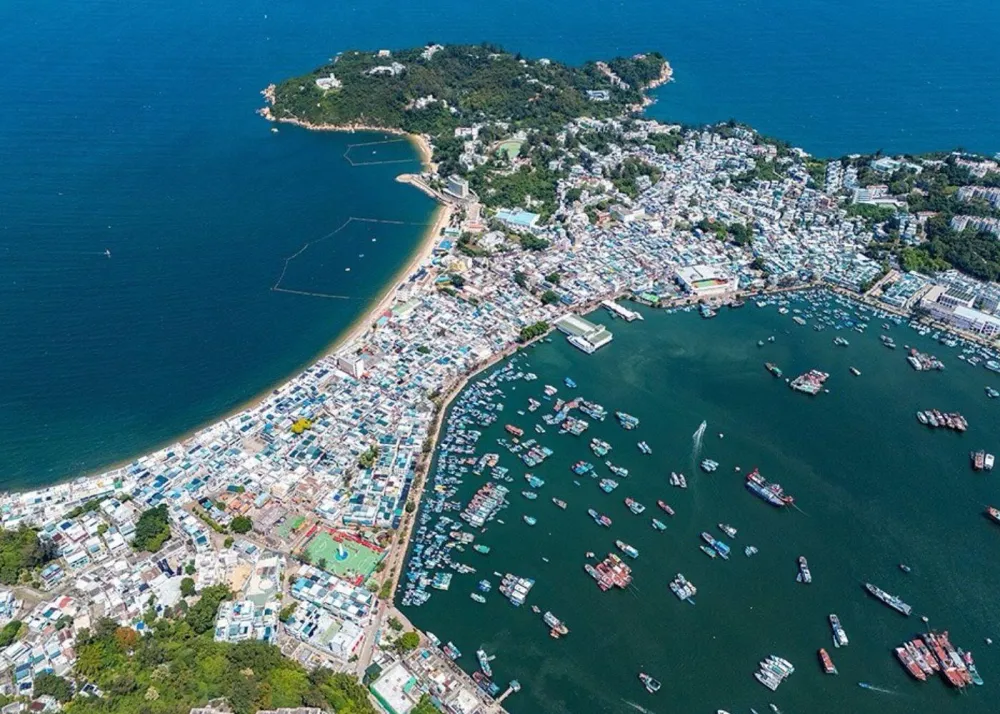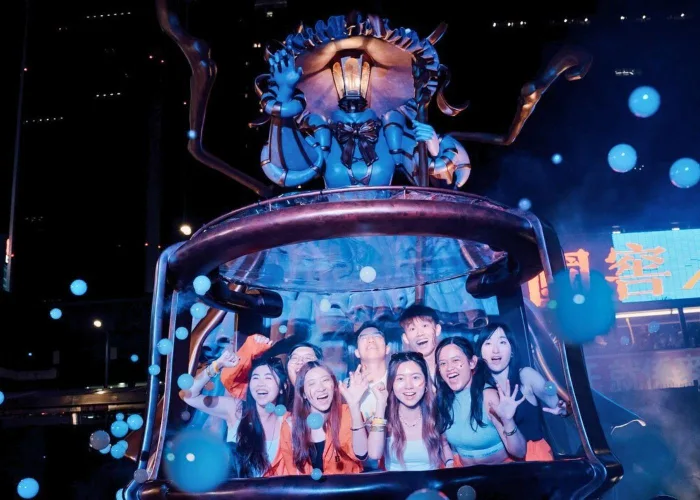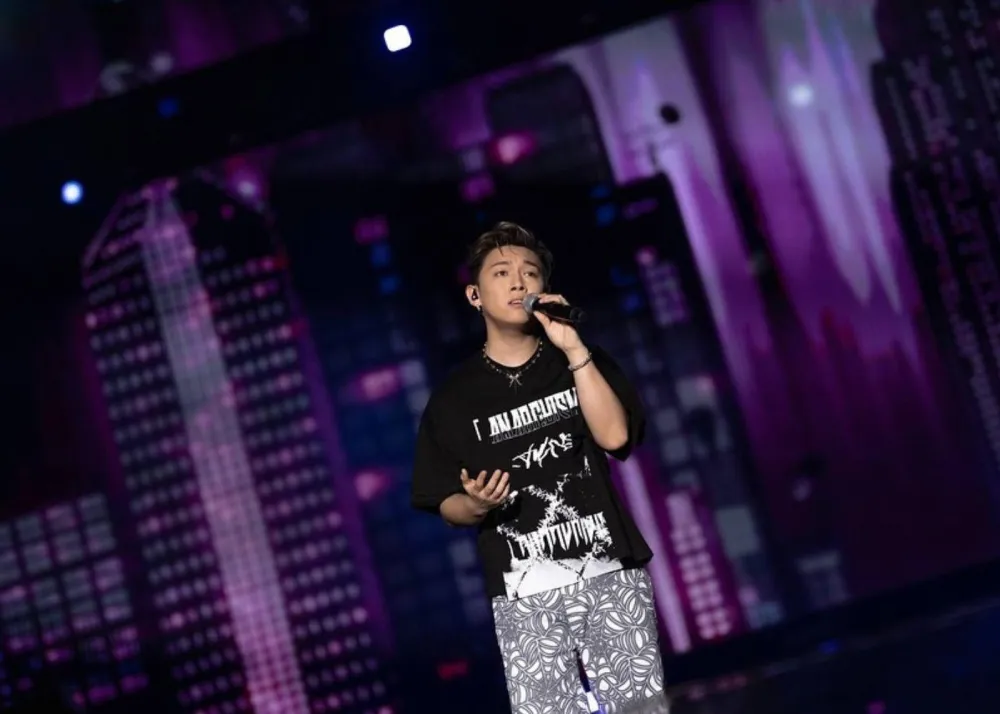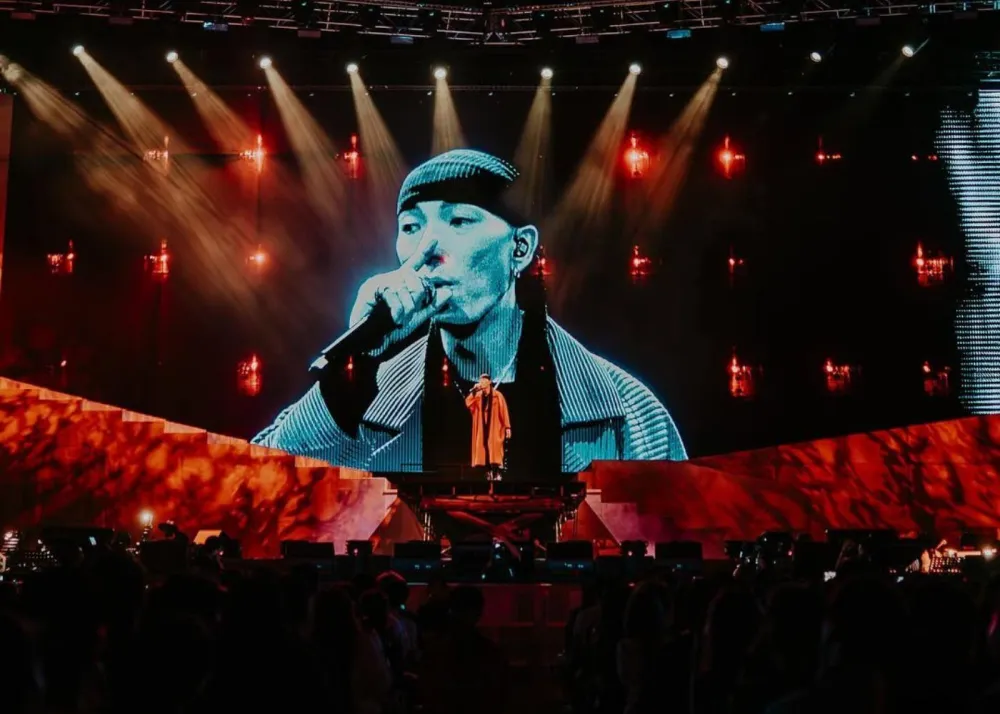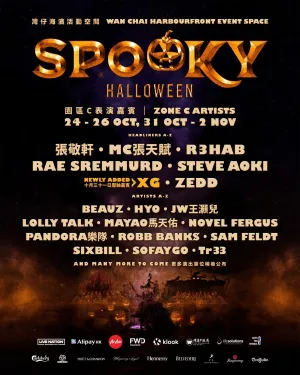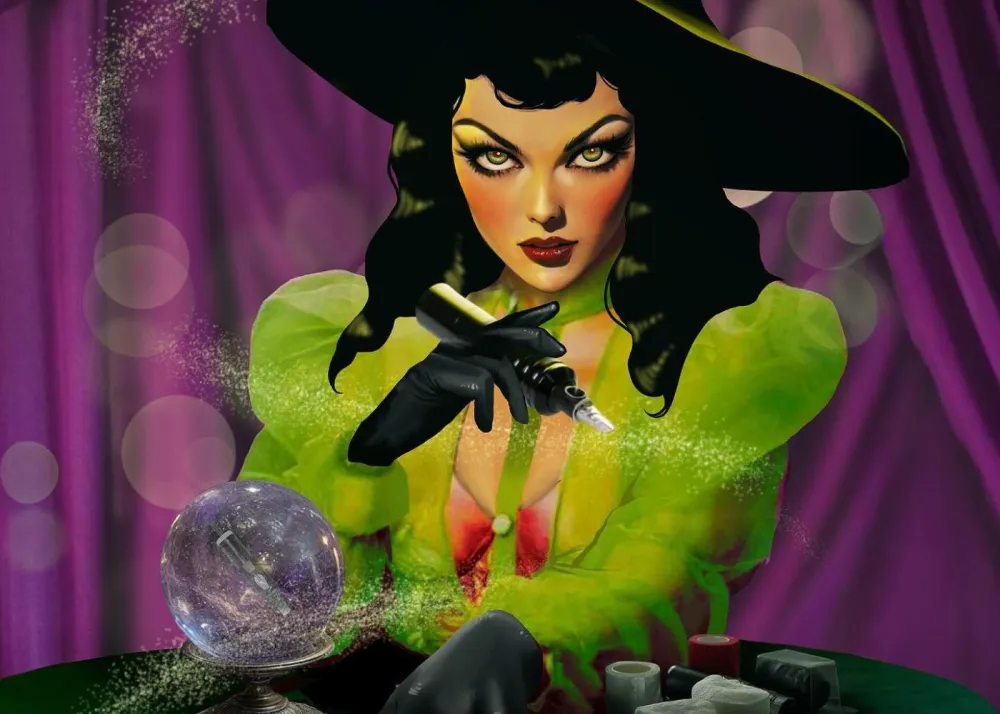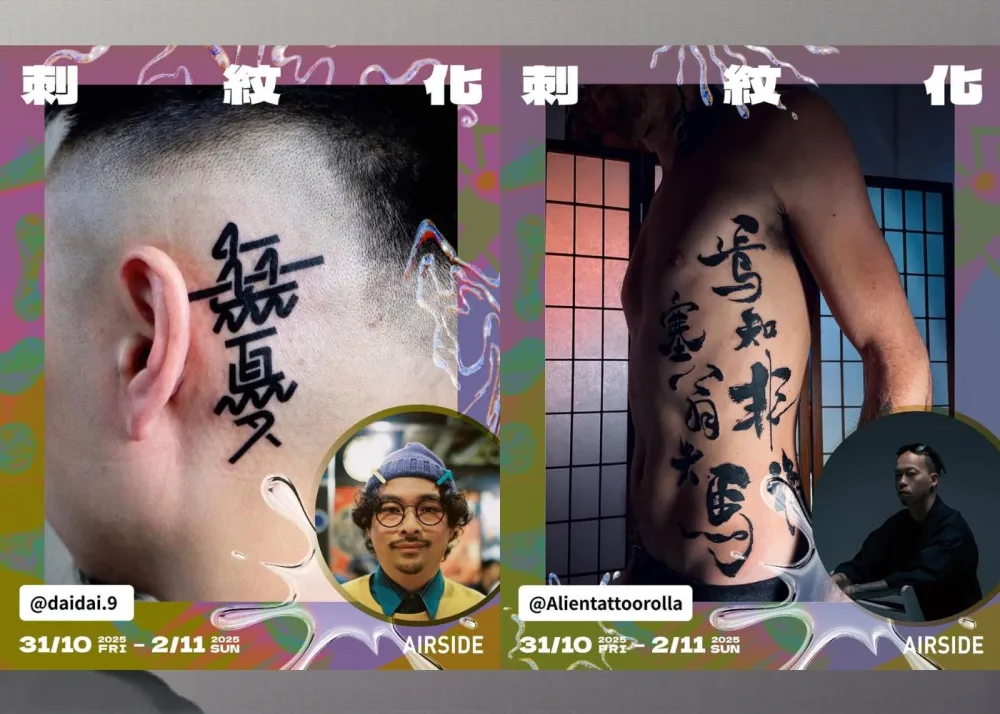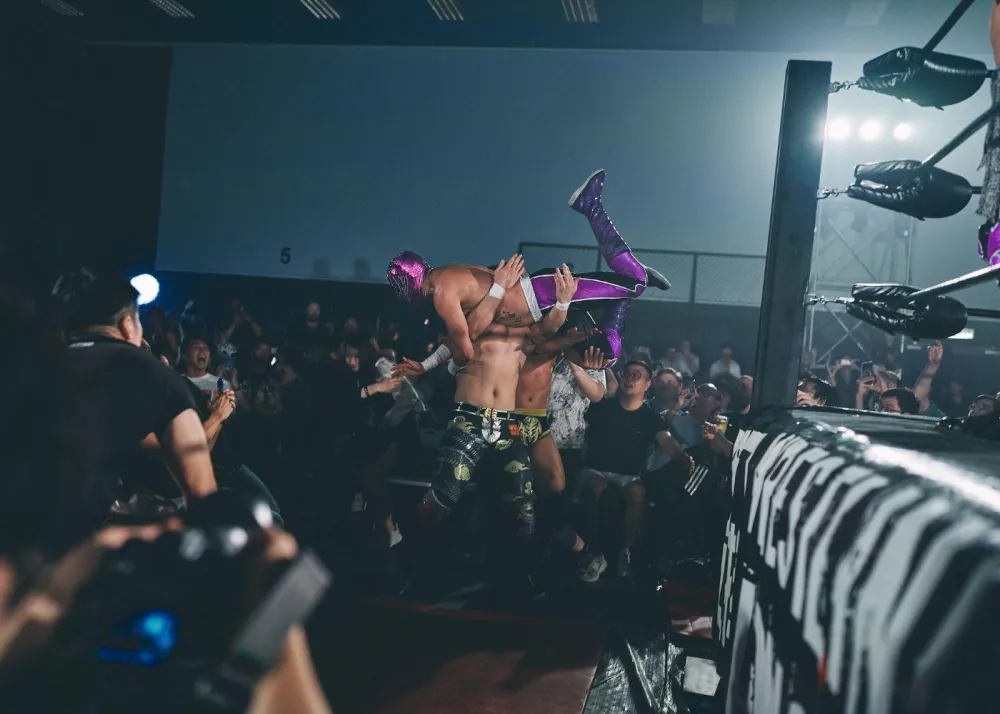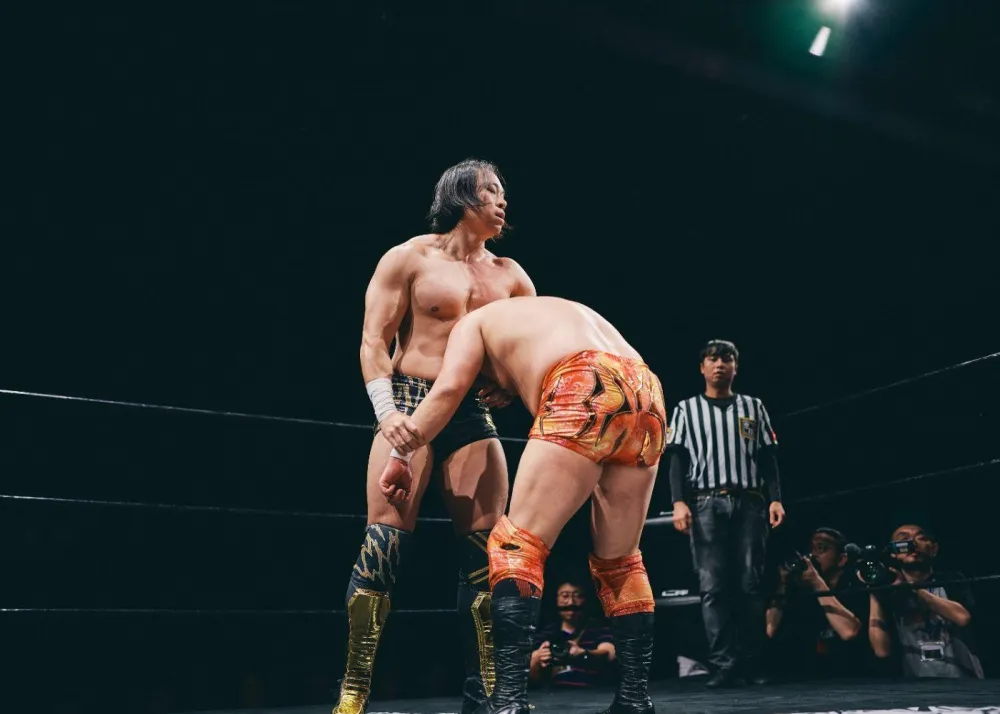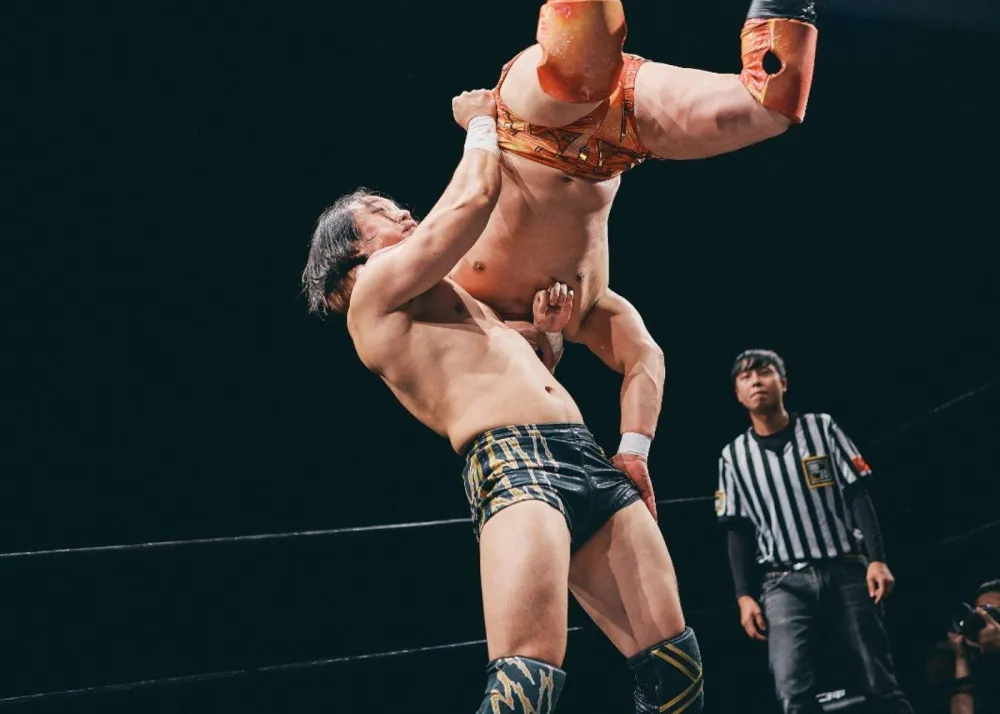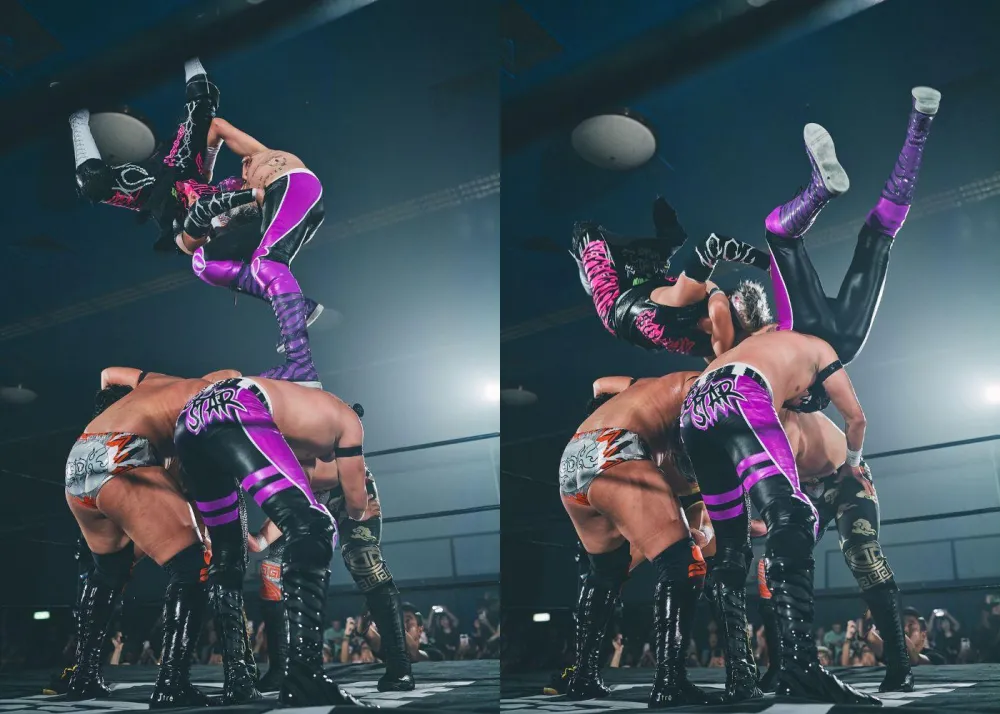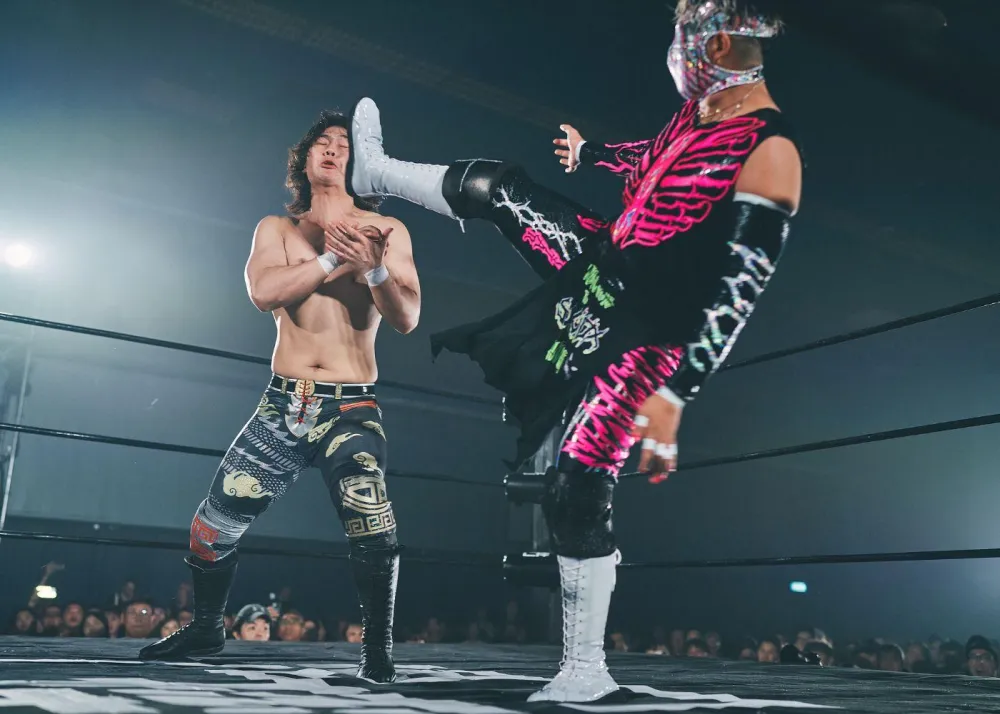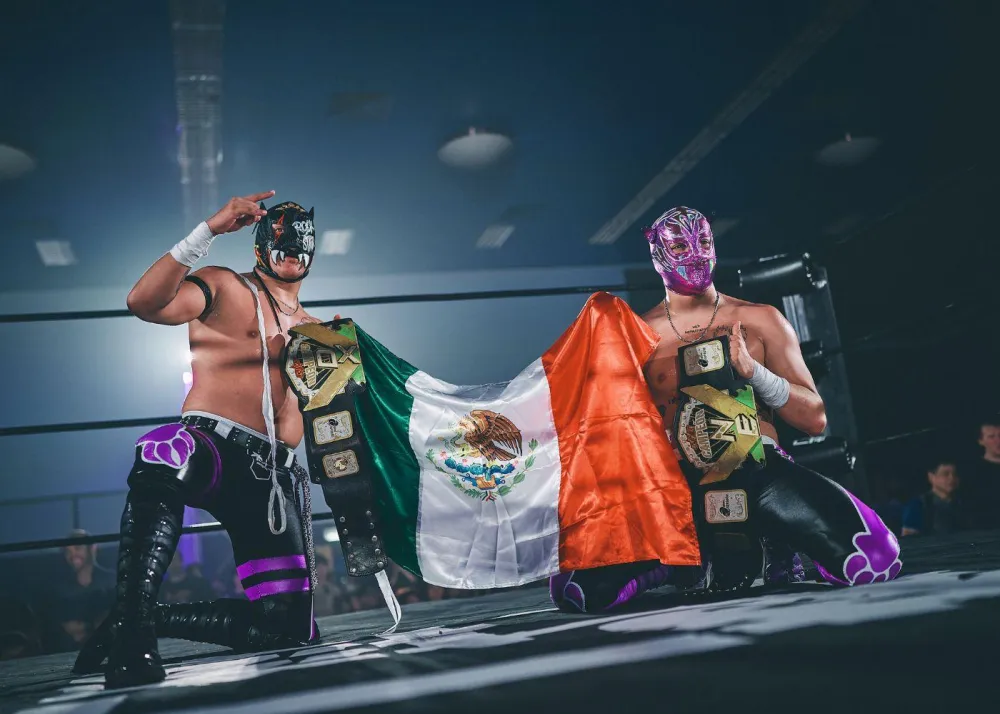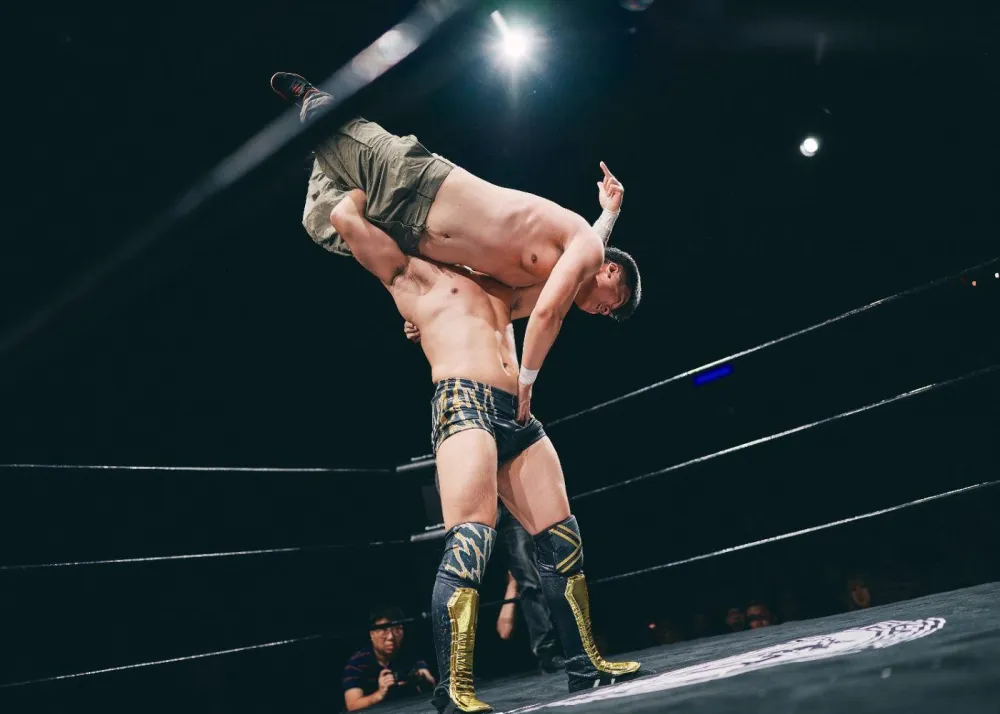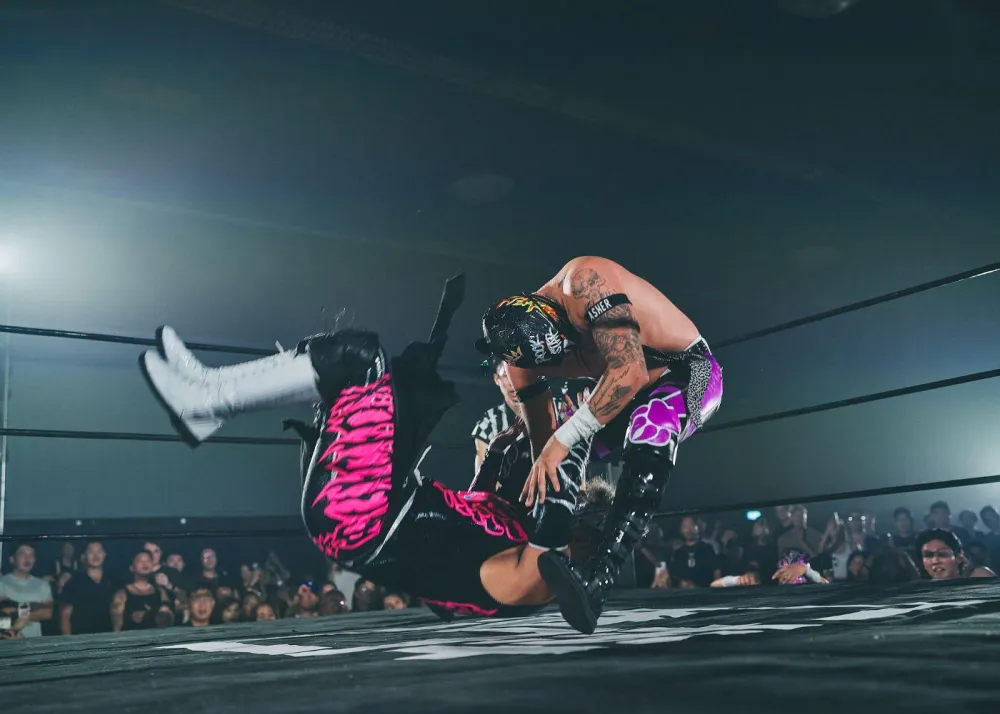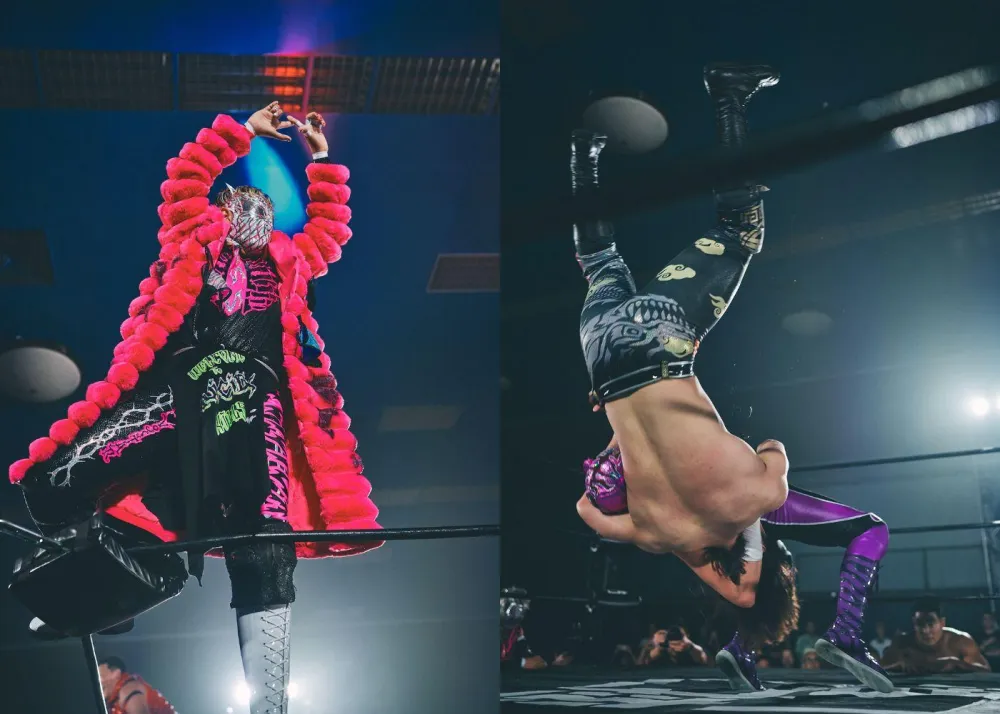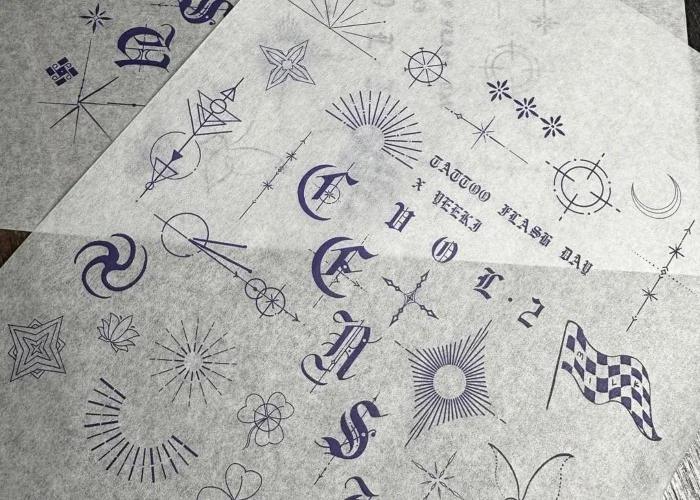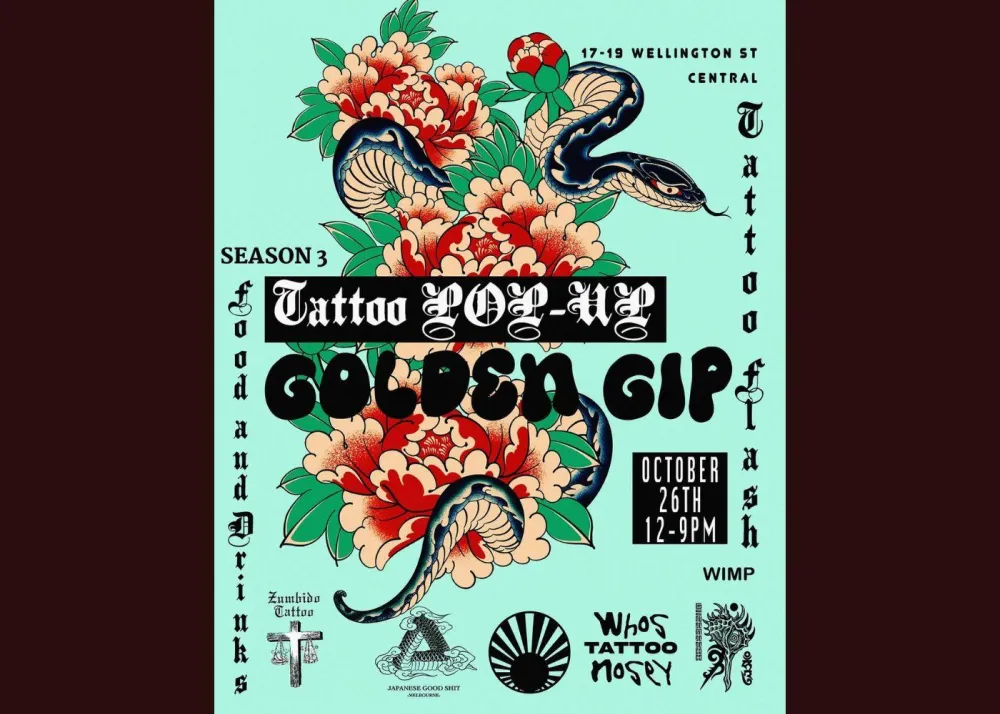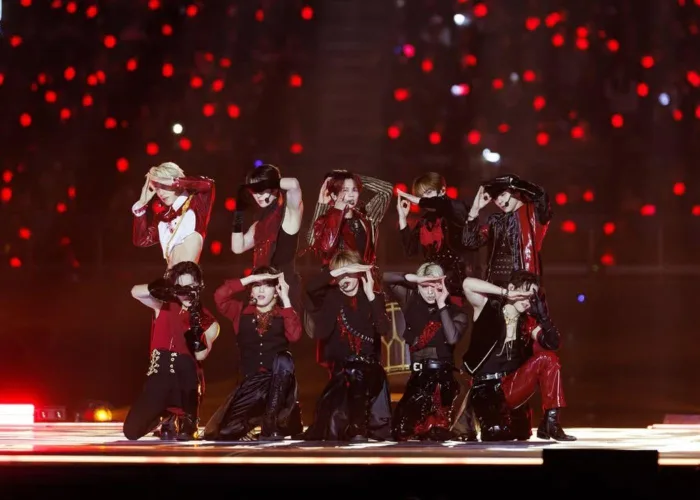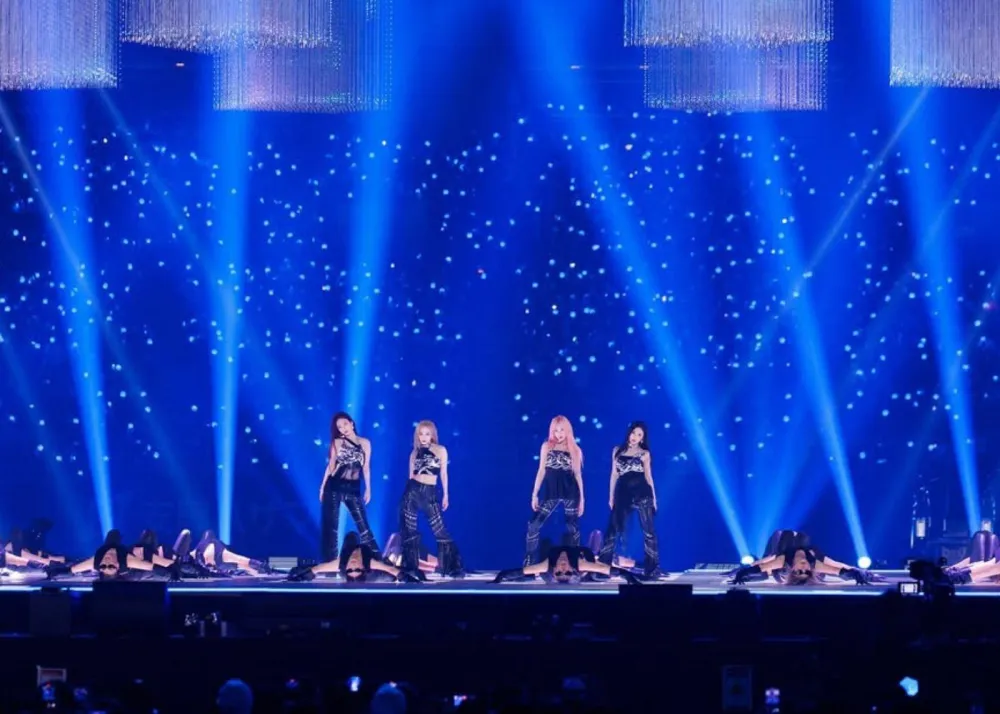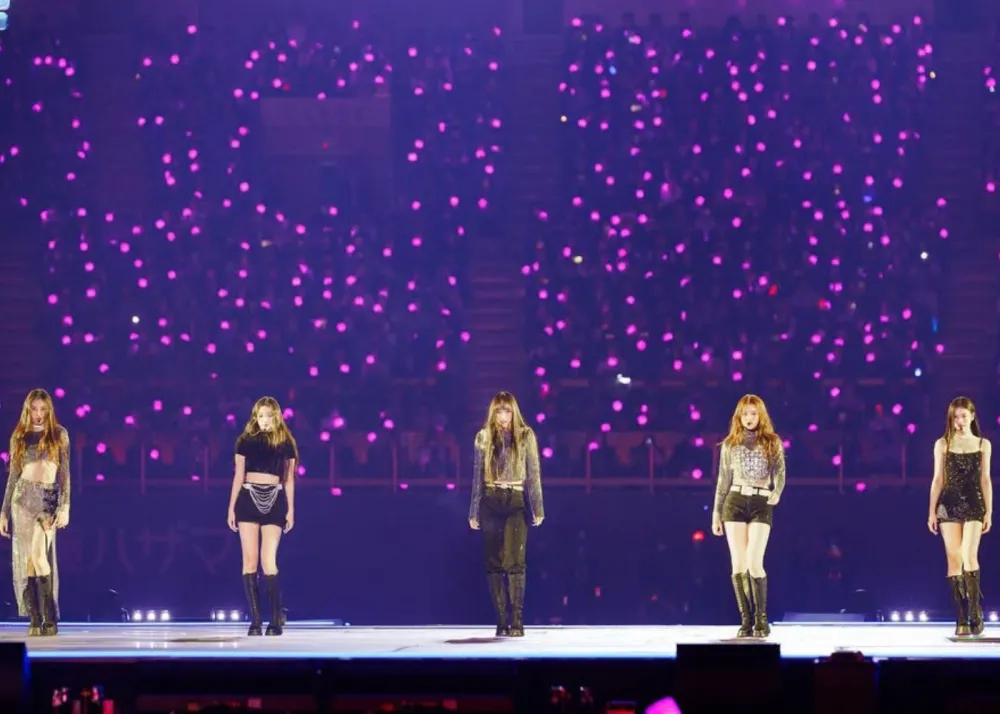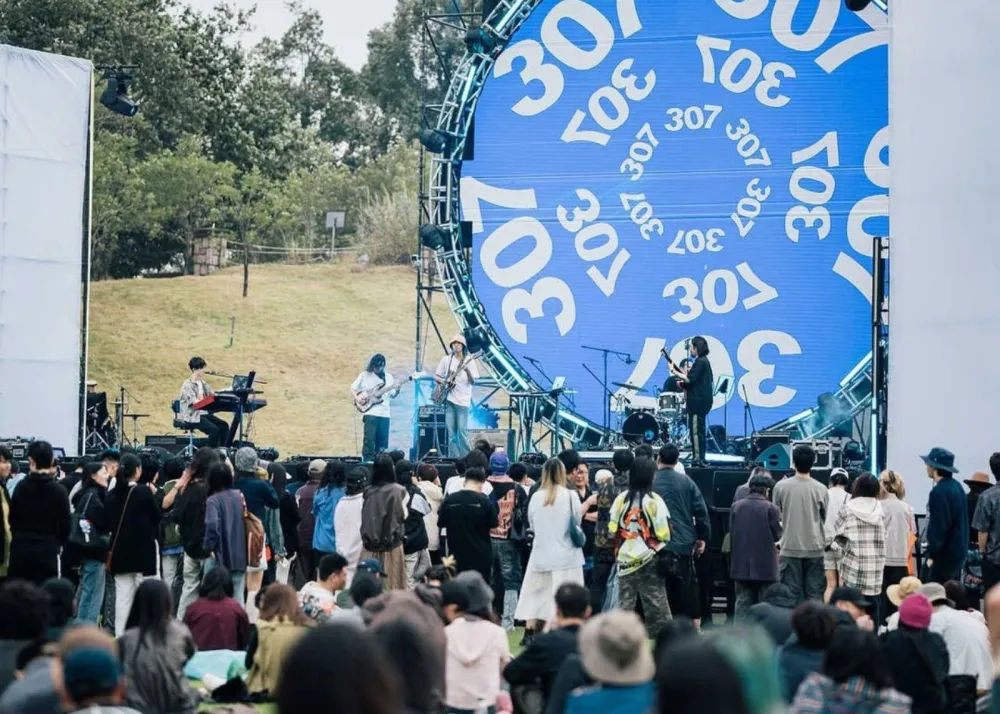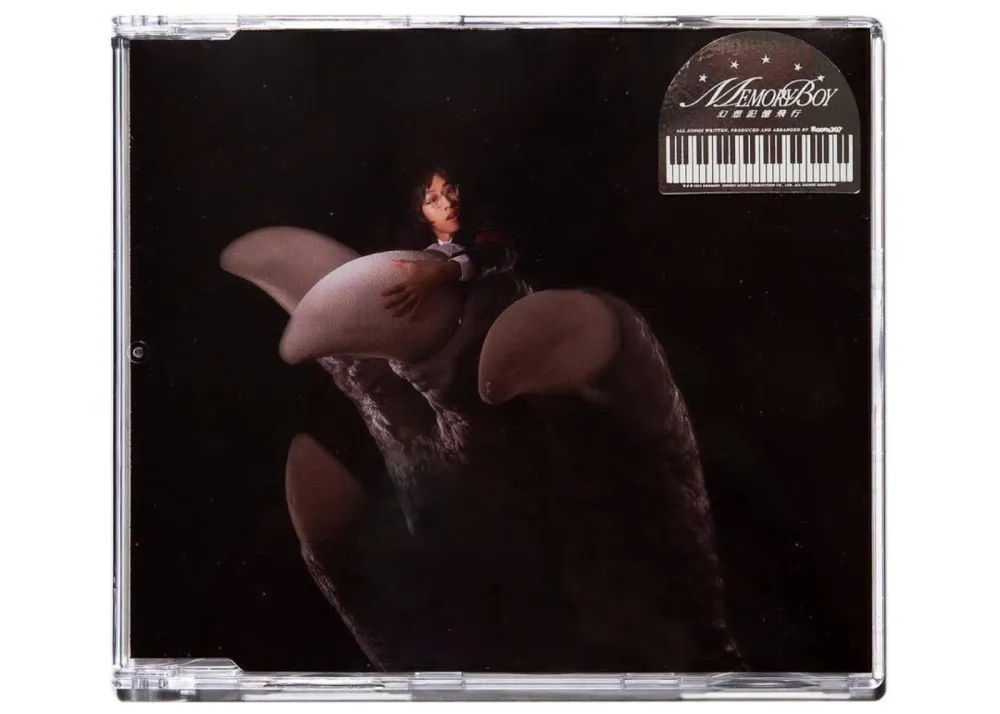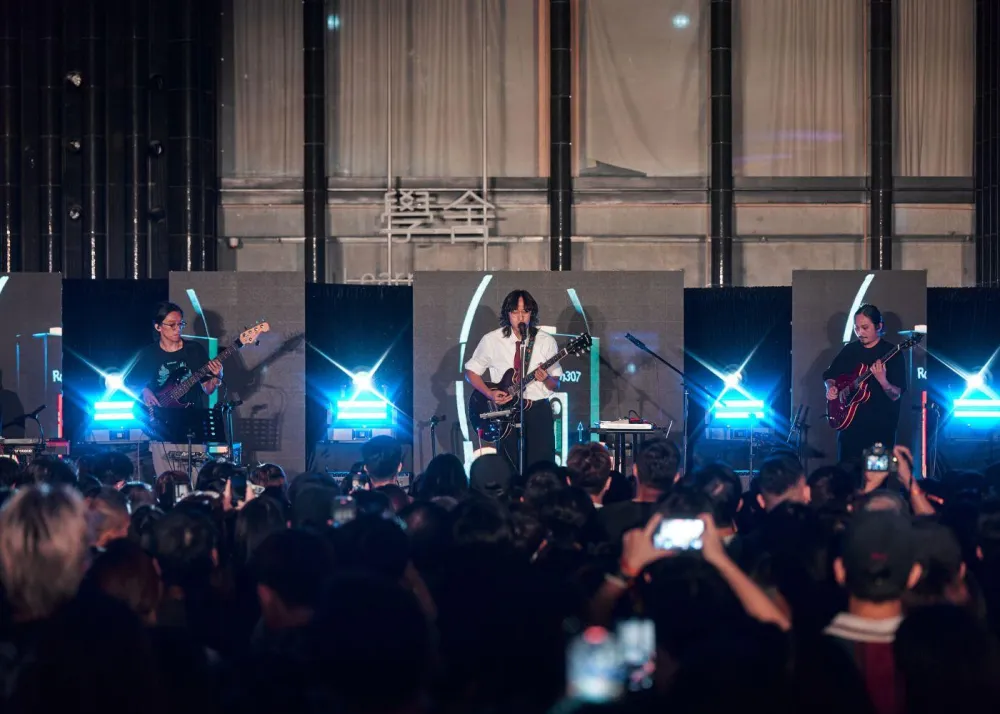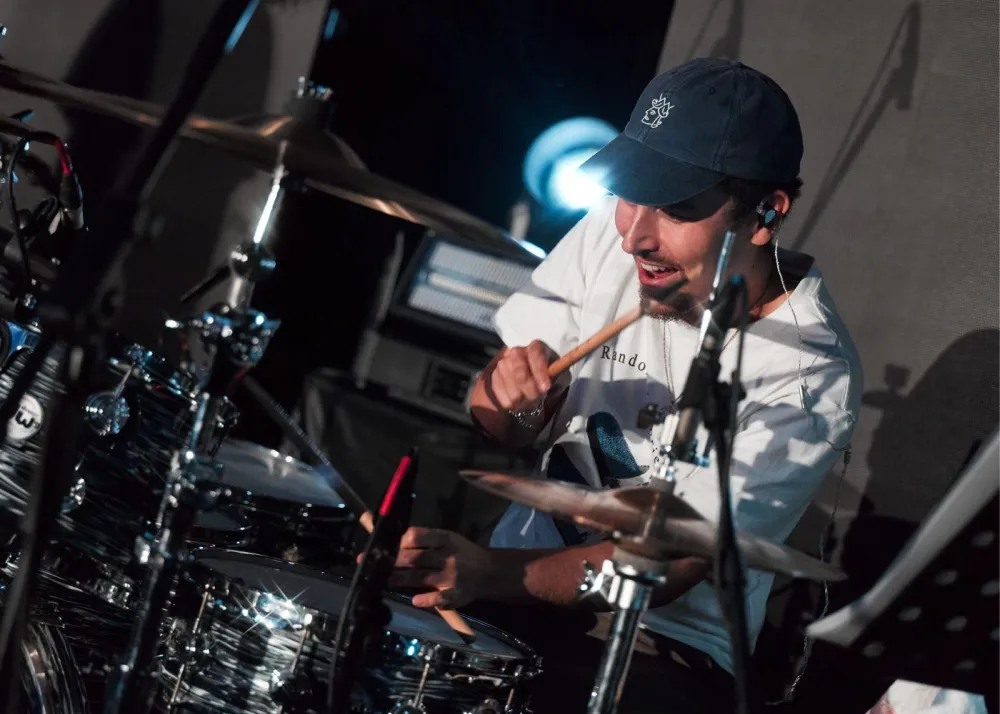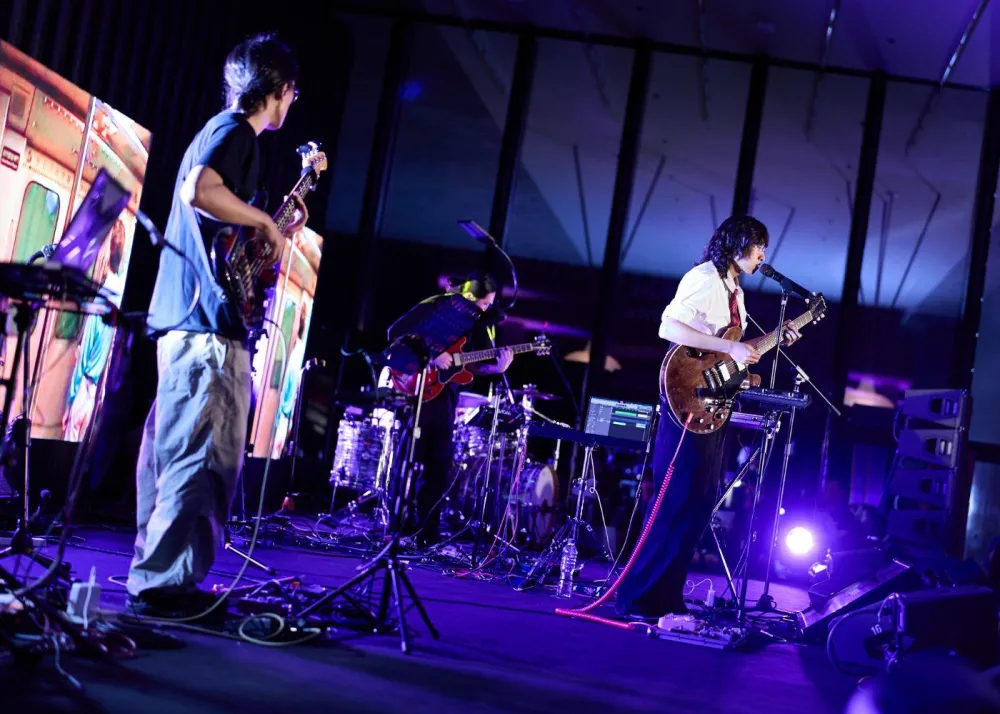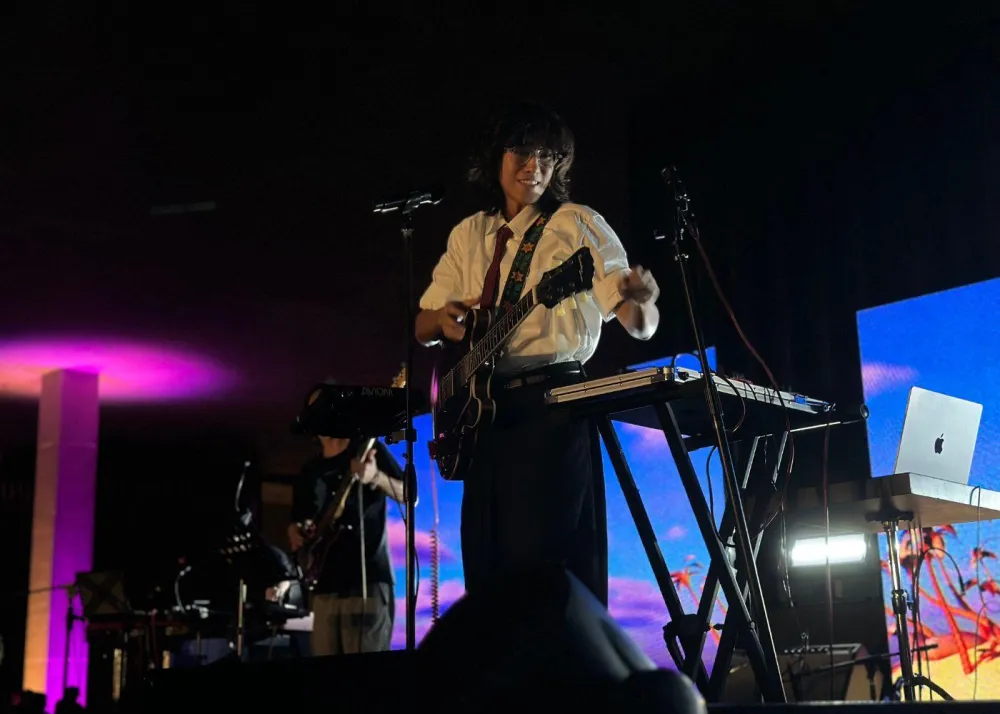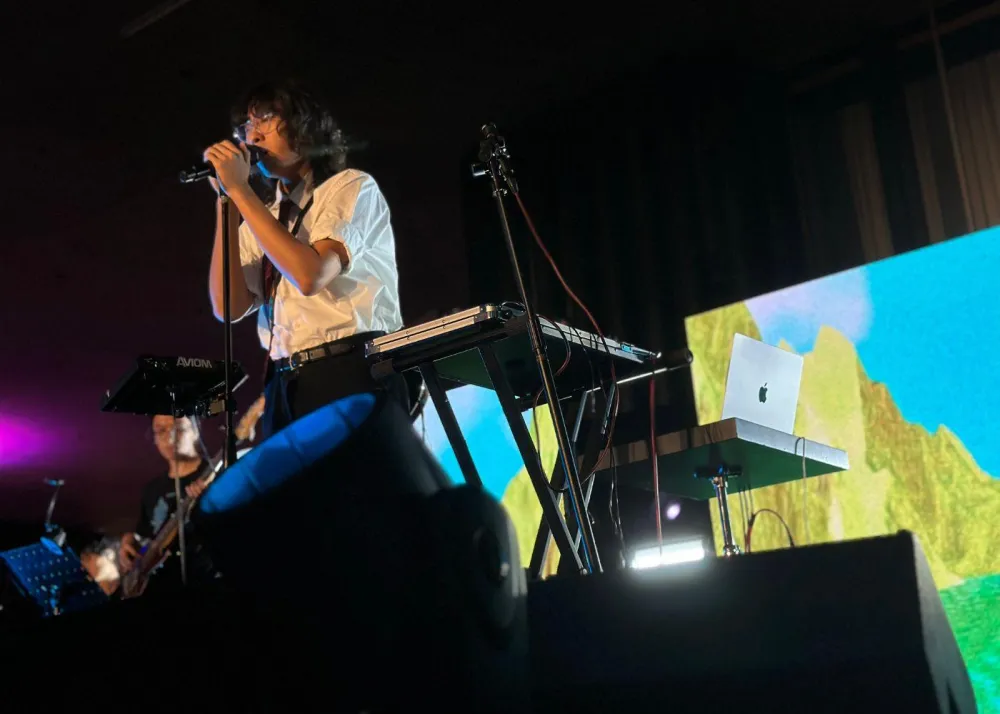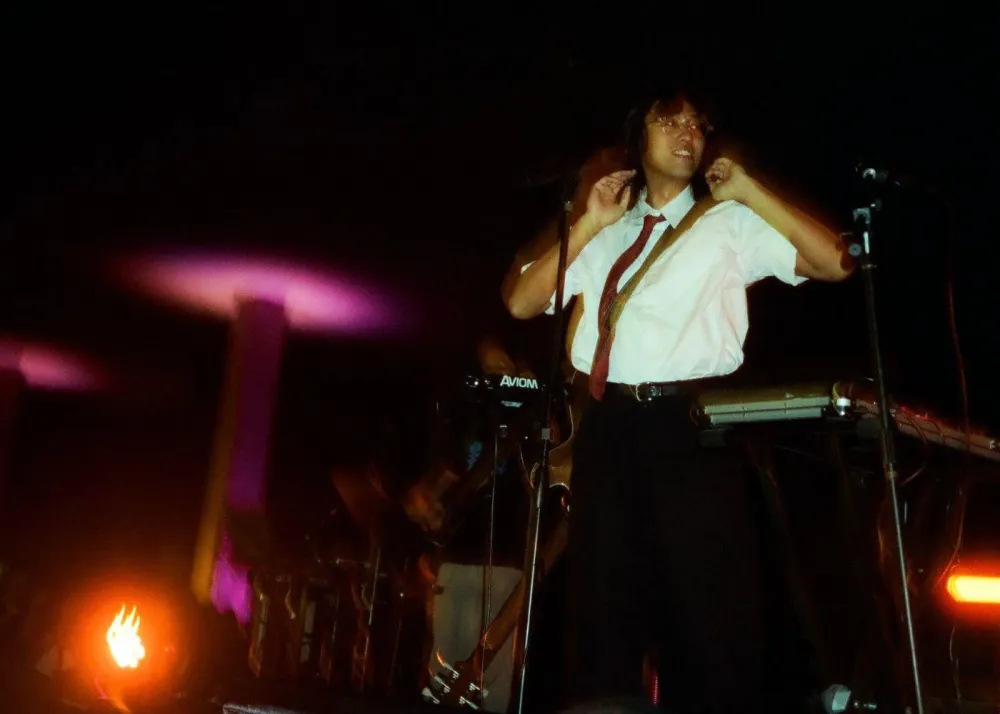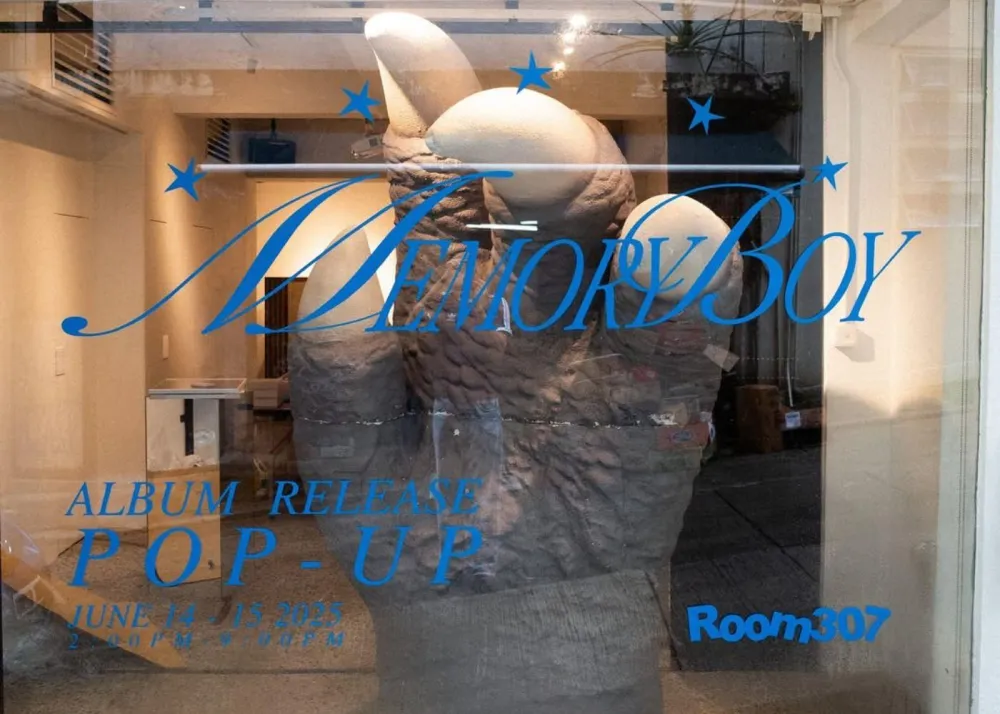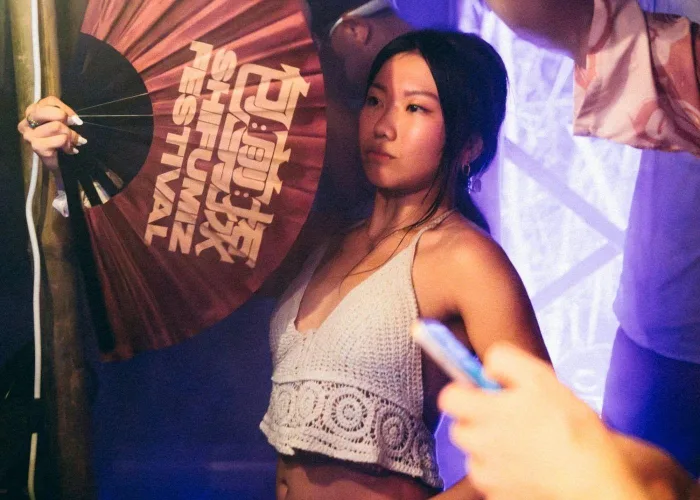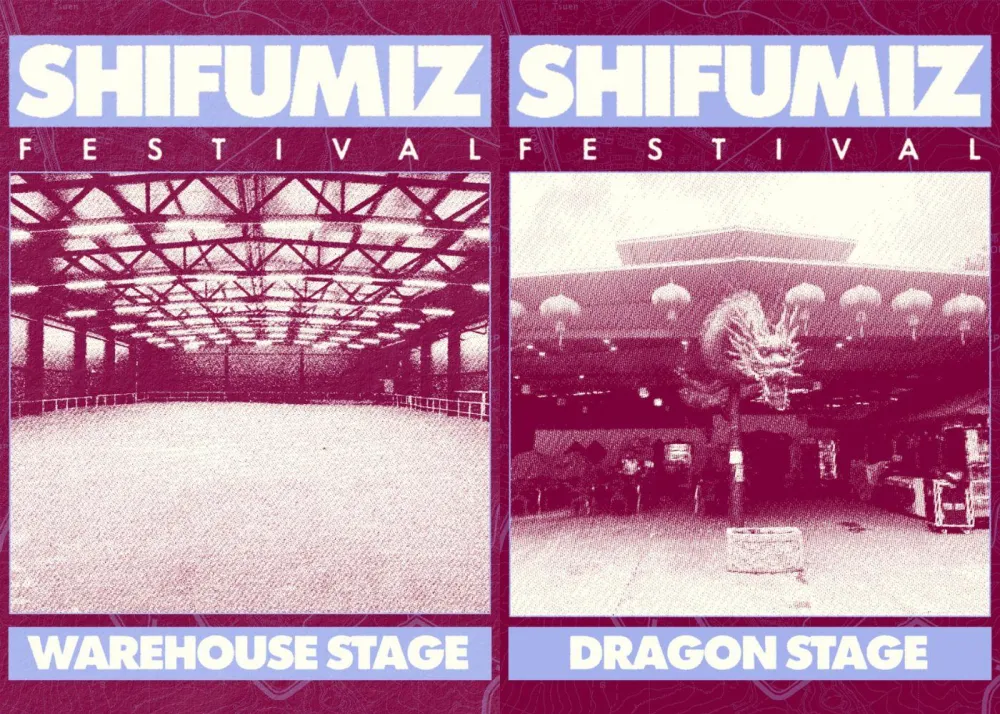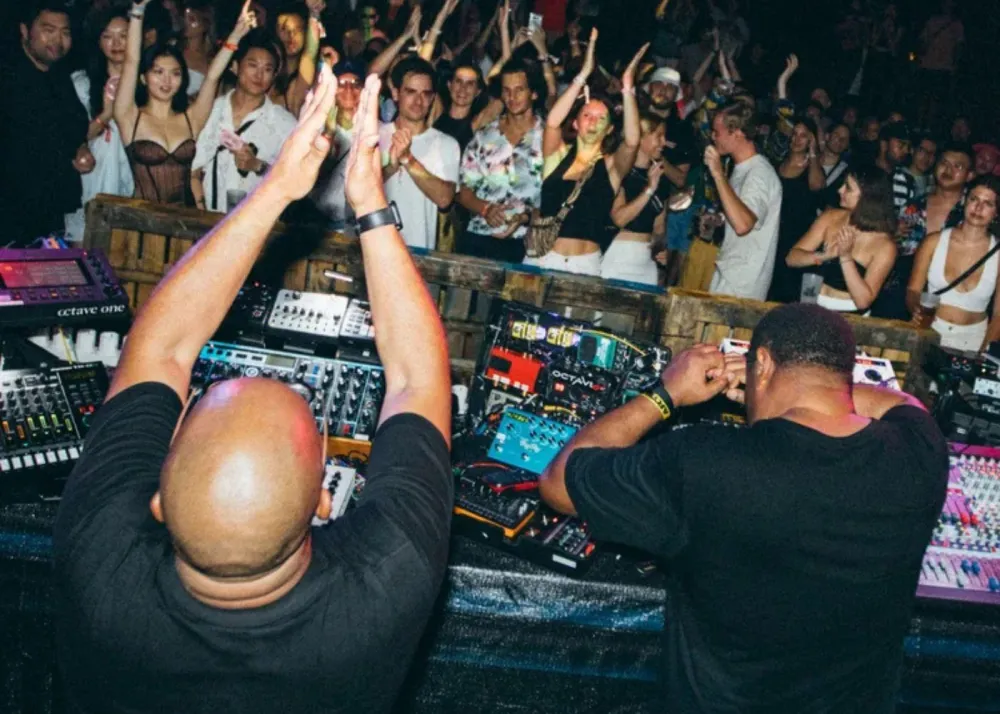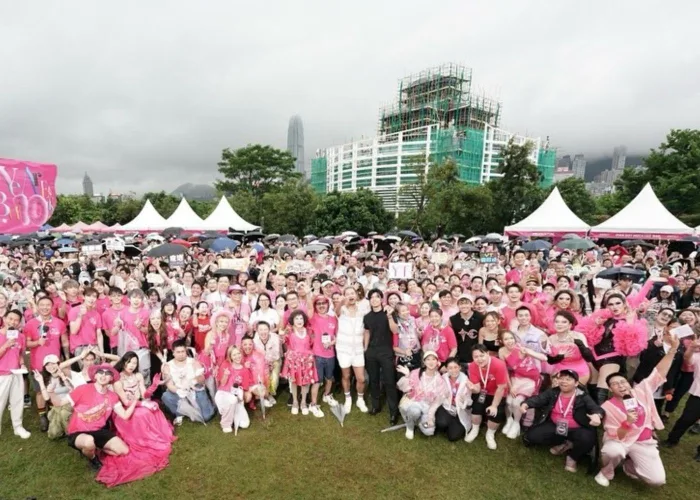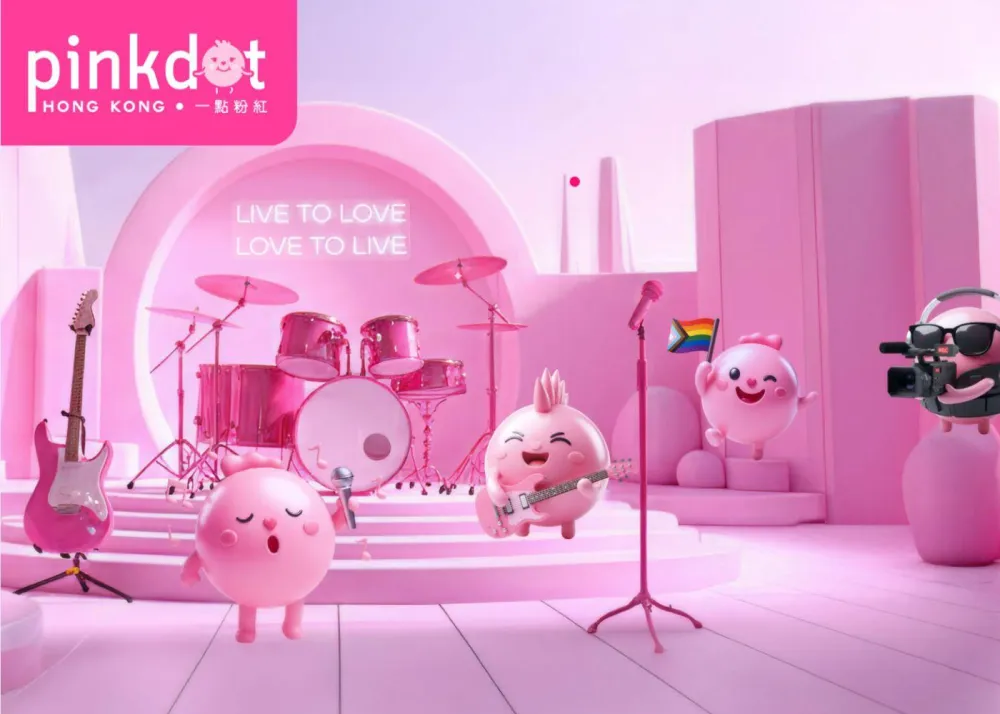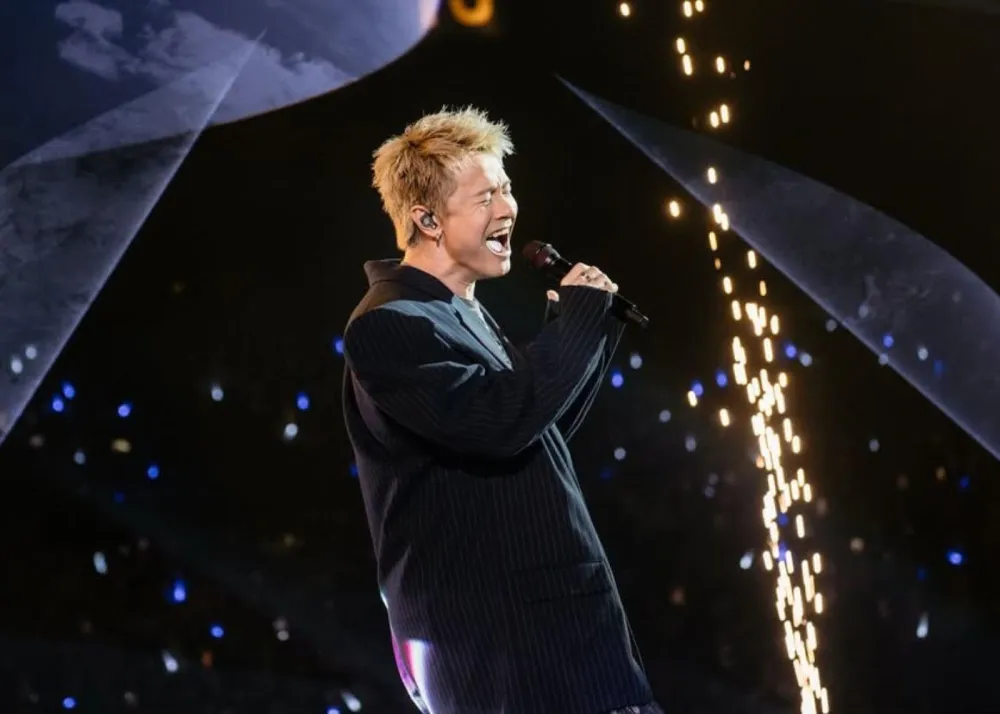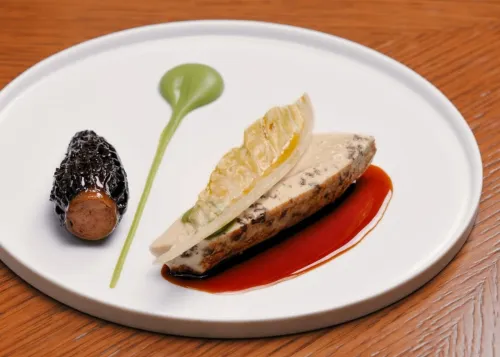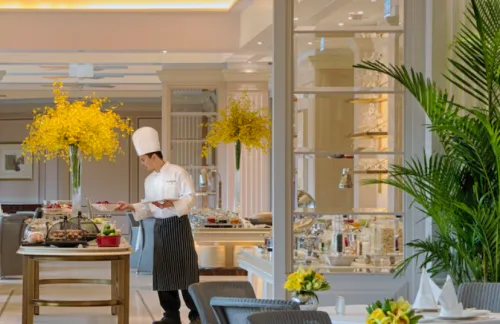Emma Webster Presents Vapors: A Testament to Turbulent Times

Prehistoric birds and dystopian landscapes abound in Vapors, British-American artist Emma Webster's first solo show in Hong Kong.
The title of the show, Vapors, evokes multiple meanings – the transformation from air to water, warm to cold, and the fluid form of dust.
Viewing the large canvases of hyperreal landscapes at Perrotin is a dizzying and visceral experience. The 11 canvases on show feature ethereal worlds that Webster built in Virtual Reality (VR), as wildfires swept the hills near Webster's studio in California. Her paintings feature nature, trees, and creatures that distort reality and reflect the real-life climate catastrophe. This tragedy permeates her vistas, imbuing them with a melancholic emptiness.
Webster is among the pioneers of her generation to repurpose these tools for a painting process that merges traditional artmaking with cutting-edge technology. She creates sculptures in wax and plaster, 3D-scans them, and incorporates them into her digital dioramas. Using Virtual Reality programs like Blender and Oculus, she plays with light and structure within the virtual environment, before projecting and painting these terrains onto a canvas.

Her works in Vapors are populated with undefined creatures—beasts that defy taxonomy, birds caught in unnatural stillness, and landscapes that breathe with Webster's fluid and expressive brushwork.
Moon Wood places a spectral hyena-lion hybrid in a moonlit forest, while a vulture in Alaska appears calcified, frozen in time. Each painting suggests a world at its tipping point, where nature is both witness and casualty.
Webster’s large-scale landscape painting Hunter’s Garden also made its way to this year's Art Basel, showcased at Perrotin’s booth.
The Beat Asia sat down with Webster to talk about Vapors, her unconventional approach to painting, and how technology is reshaping the way we think of landscapes.
What inspired your painting "Woodside" for Vapors?

Woodside is the street name of my childhood house, so it has this kind of sweetness to it, but the title also refers literally to the wood on the side of the painting. The painting is so pared back, all you have is this one tree and this central light sandwiched in the middle, and it strips away everything else.
It's cheeky to call it Woodside because it's a description that seems obvious and literal, but at the same time, it has this whole hidden thing. The landscape is non-specific, in the same way that memory gets fuzzy.

You created this body of work during the Pacific Palisades wildfires. How did this experience influence Vapors?

I remember coming outside of the studio — my car was covered in gray ash coming down from the sky and the sky was orange. There was this constant fear and noise. I felt like I was in a war zone.
I always thought that something spectacular would happen at the end of the world. Instead, it’s banal, and you’re kind of lost. The paintings have a bit of that melancholy, where you’re looking out onto these vistas, and you don’t know what's coming next.
They have a kind of tunnel-vision: each one focuses on just one element and muffles the noise in the background. This clarity is a symptom of chaos, panic, turbulent times; we focus on just one thing, because that’s all there is to do. That’s a survival mechanism that all animals have, and I think the paintings have that too.
How do these works reflect the times or this generation?

Our generation is in two places at once, the screen and the literal. There’s a confusion about where we are. There’s also a solitude to this generation. You’re more connected with friends through texting, but at the same time, you're alone. I see my paintings as kind of lonely, maybe because there's no people in them.
I don't ever set out to try and be the voice, or the speaker, for my generation, but I think that they are products of this age. Literally, these paintings couldn't have been made at any other time, because of the technology. So even though there are realistic landscape paintings from other generations, this is a whole new genre that is being invented.
Which artists were you inspired by for this show?
I was looking at John Martin, who's famous for his really over the top, crazy, apocalyptic pieces. I was also looking at a lot of William Blake, especially in the spiritualism of this bright light on the horizon. I always like Arthur Dove and Charles Burchfield, and Georgia O'Keeffe, when she gives volume to these mystical things and spaces.
You construct your compositions using virtual reality models, alongside traditional sculpting and 3D scanning. Why do you enjoy working with this hybrid process and how has it evolved?
Using all of these new strategies keeps my process fresh. I always feel like an amateur because there’s constantly new software added and media to be discovered. The lack of security and ungroundedness is essential to curiosity and play. It’s a mentality that extends far beyond the process and is (hopefully) indicative of my own disposition.
A lot of people see VR as play or recreational, how did you get into VR and what made you see its potential for art?

I had a friend from Stanford who had an extra Oculus [a virtual reality technology] and he asked if I wanted to borrow it. I started playing with it and gradually, things became more intricate and interesting.
Theater is the first virtual reality. I'm reminded that when we think of virtual reality, we think of technology, but virtual is any imagination.
Imagination isn't necessarily about childishness or inventing the world. A writer I read recently called virtual reality an empathy machine. And I love that, because you can literally put yourself in other people's shoes, and other places.
With AI and digital tools reshaping creative fields, how do you think they open up new possibilities to the artist?
The new digital tools just represent the “how." What AI and the digital reflects is simply a concise macro-collection. It shows us what we already know.
I’m interested though in the back-end of the evolution: how AI might help transform different media. For example, it will be fascinating when AI can help us translate a drawing into a photo, and then a photo into an object.
While Vapors doesn't feature any human figures, do you feel there is still a sense of human presence or consciousness embedded within your works?

Absolutely, these are very human paintings, even if there are no human actors. It’s just like looking at a dollhouse (as a reflection of human behavior), the dolls are proxies, but the dollhouse is both a schema and an artifact that parallels our reality. The emotions, whether it’s sadness, anxiety, wonder, or curiosity, are so intrinsically human.
Do you get creative block? How do you combat it?
When I have creative block, I’ll start sculpting or do something in wax. I know I'm not a sculptor, so that takes the judgment off and brings joy and fun back into the practice.
It can get serious when you start showing your work to wonderful galleries and the paintings start selling for big numbers. You can get tight or scared. But at the end of the day, the reason that people like the paintings is they like the freedom that comes with the painting.
Your new painting, “Hunter’s Garden” (2025) was exhibited at Art Basel. Can you introduce this painting to us?

There is a hide-and-seek quality to “Hunter’s Garden," as it plays with the idea of hunting and taking a shot (both a picture, and potentially a gunshot). The painting captures a ram drinking in a forest. And, in the context of looking at art, I’m speaking to how we claim things for our own, that to behold an image is also to metabolize it.
How did it feel to be exhibiting at Art Basel Hong Kong?

I was thrilled to be here and have new audiences see my work. It was an honor to be included in the fair’s vivacious spectrum of work. These were artworks coming directly from the studio, and some of them were still wet.
I’m excited about this freshness – this is how the art history cannon is made! It’s at fairs like this that we begin to self-historicize and understand links between contemporary artists and the history of art.
Have you drawn any creative inspiration from being in Hong Kong?

Hong Kong is incredible. The fact that you've got a public aviary that anyone can just go to and talk to these exotic, beautiful birds is amazing. There’s a pristine quality of the nature here, and a weird mix of high-tech skyscrapers with gorgeous green nature.
I've been thinking a lot about how strange it is to show these paintings about artificial landscapes in a skyscraper. It's a cool place to show the work — in the sky, because it’s attached to the natural world, but it also invents new perspectives from the landscape.
What do you make of the art scene in Asia and are there any emerging artists from the region that have caught your attention?
I’ve been a long-time fan of Chiura Obata, and I look at his paintings often for inspiration.
As for contemporary emerging artists, there are so many! I have a small painting by Makiko Kudo that brings me so much joy. I absolutely love both Gumi You and Sun Woo, both of whose exhibitions I saw at Make Room, and was totally floored by. I was also impressed by Shuangyi Li’s painting with Searoom at the recent Felix Fair. And of course, fellow Perrotin artist Xiyao Wang!
Do you have any upcoming exhibitions where we can view your work?
I have a concurrent show with Petzel in New York called “That Thought Might Think." Those paintings up in NYC right now are my largest to date and an interesting foil to the more refined and solemn paintings here in Hong Kong. I’d love to come back and continue exhibiting in Asia so we will see what the Perrotin team says for 2026!
Location: Perrotin Hong Kong, 807, K11 ATELIER Victoria Dockside, 18 Salisbury Road, Tsim Sha Tsui, Hong Kong
Opening Hours: Tuesdays to Saturdays, 11 AM to 7 PM.
Exhibition Period: Mar. 25 to May 17, 2025.
Learn more about Emma Webster and her work via Instagram. For more information about Vapors, visit Perrotin on their website, Instagram and Facebook.
Enjoyed this article? Check out our previous Artist Spotlight profiles here.
Get the latest curated content with The Beat Asia's newsletters. Sign up now for a weekly dose of the best stories, events, and deals delivered straight to your inbox. Don't miss out! Click here to subscribe.


